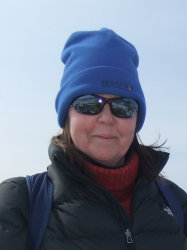BibTex format
@article{Harmon:2021:10.1029/2021gc009707,
author = {Harmon, N and Rychert, CA and Goes, S and Maunder, B and Collier, J and Henstock, T and Lynch, L and Rietbrock, A},
doi = {10.1029/2021gc009707},
journal = {Geochemistry, Geophysics, Geosystems},
pages = {1--27},
title = {Widespread hydration of the back arc and the link to variable hydration of the incoming plate in the lesser Antilles from rayleigh wave imaging},
url = {http://dx.doi.org/10.1029/2021gc009707},
volume = {22},
year = {2021}
}

